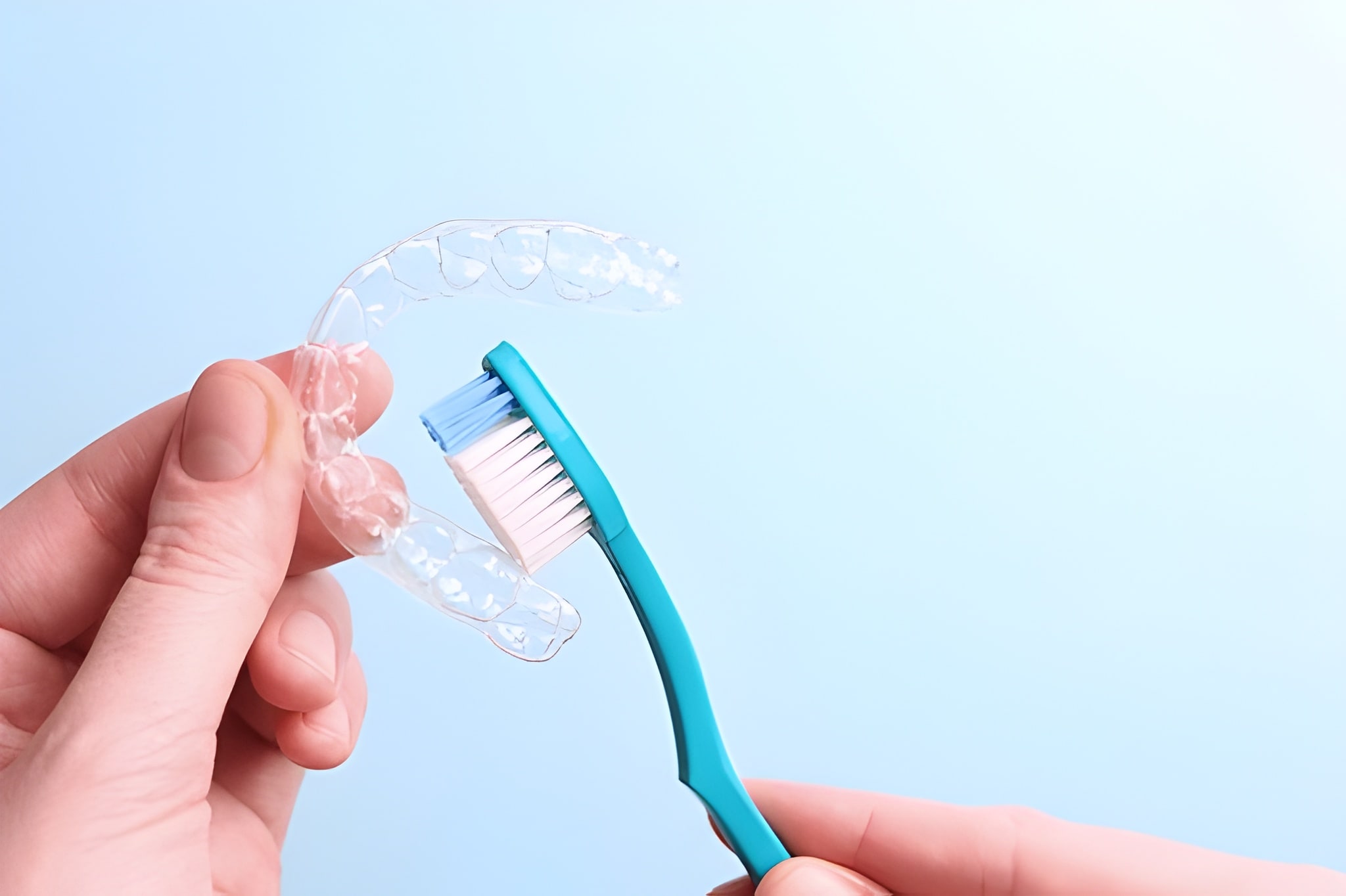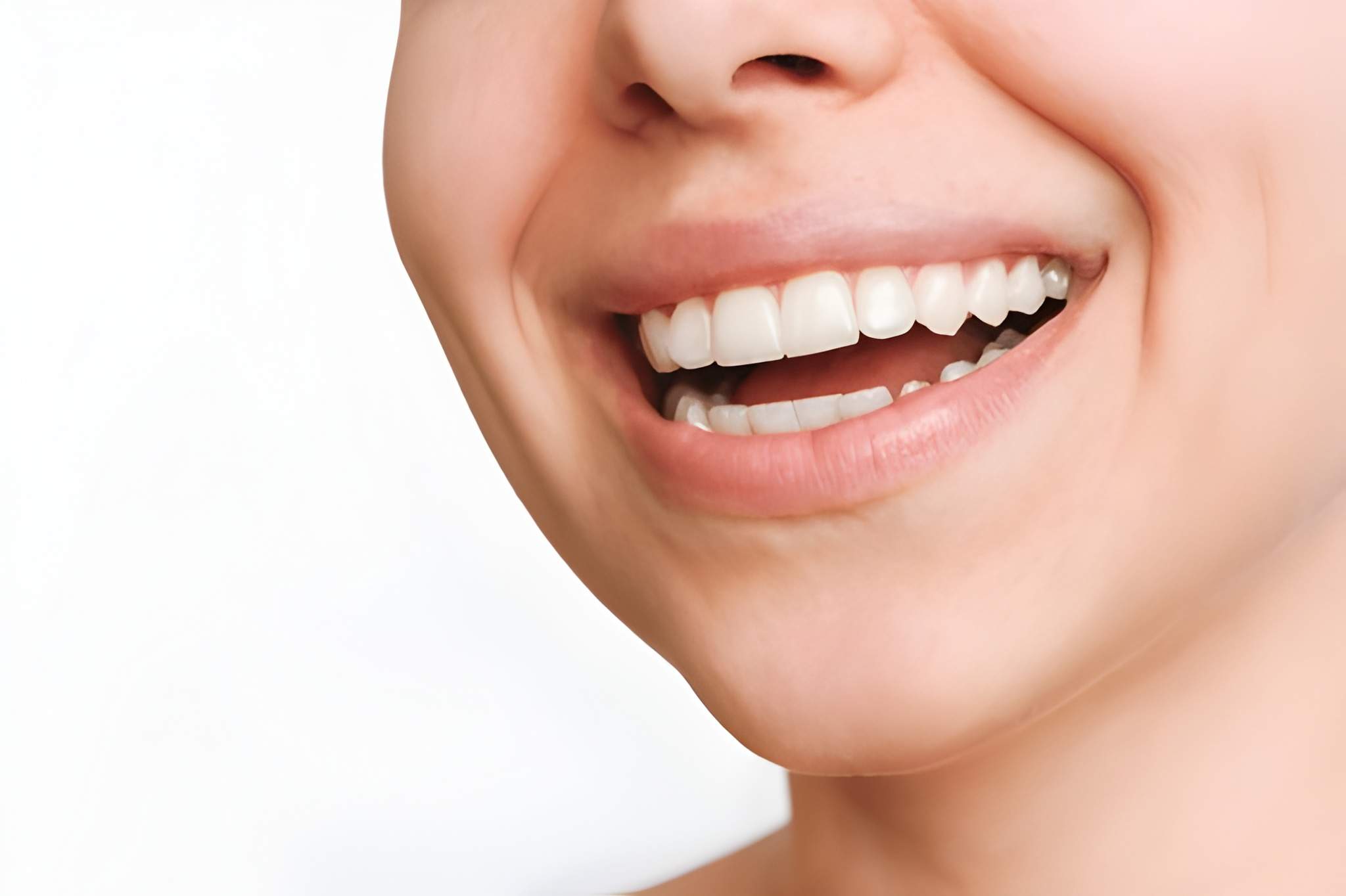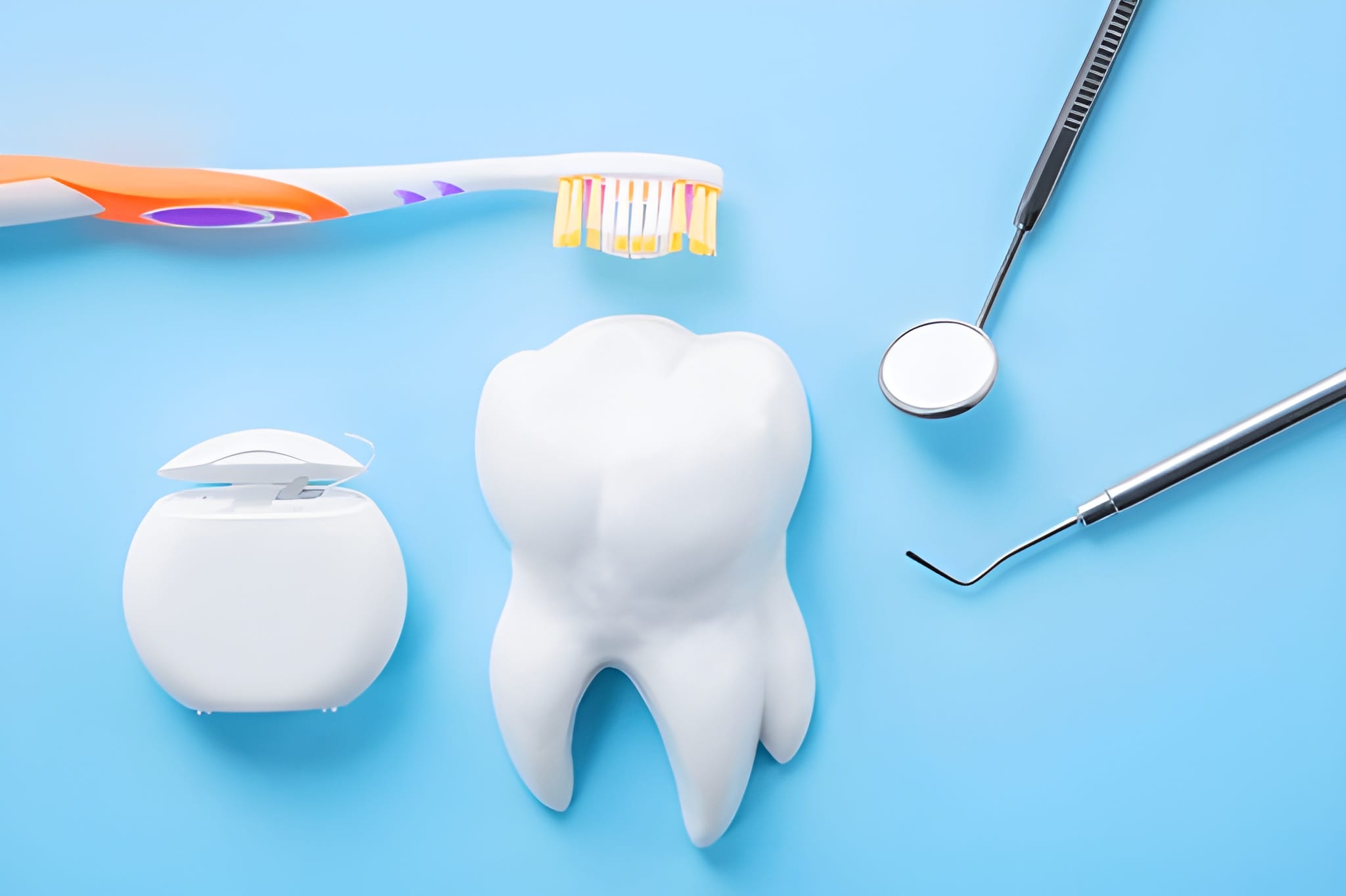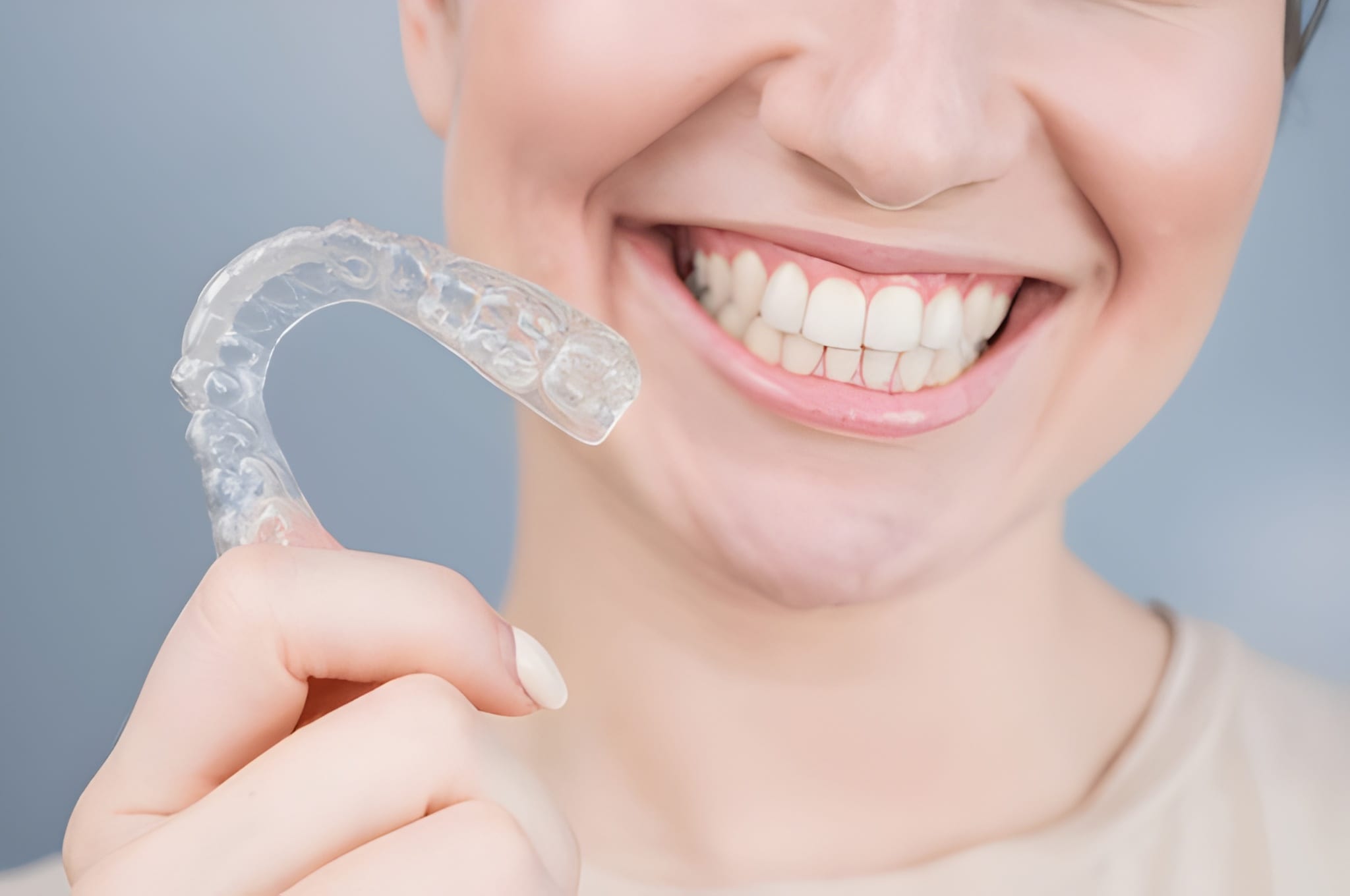Beginning your Invisalign journey is an exciting milestone in the pursuit of a straighter, more confident smile. Clear aligners provide comfort, convenience, and discretion — but to ensure they work at their best, it’s crucial to develop a regular cleaning and care routine.
In this ultimate guide, we’ll delve into the best invisalign cleaning tips, describe how to clean invisalign trays, and how to clean invisalign aligners properly, and assist you in creating an easy invisalign maintenance routine that preserves your oral health and maintains your aligners crystal clear.
Why Cleaning Your Invisalign Aligners Is Important
Invisalign aligners are worn 20 to 22 hours a day, so they’re in close contact with your gums and teeth most of the time. If not properly cared for, bacteria, plaque, and food particles collect on the aligners — causing discolouration, bad breath, and even oral health complications like gum irritation or decay.
Daily cleaning does not only maintain appearance but also keeps your aligners properly fitting and operating effectively throughout treatment. Poor hygiene will lead to aligners warping or forming bacterial growth that impairs tooth movement.
At Dental Scotland, oral health and hygiene are at the core of every treatment plan. Proper care for your aligners is an important aspect of realizing the full potential of your Invisalign experience.
Understanding Your Aligners
Before diving into the invisalign cleaning tips, it helps to understand what your aligners are made of. Invisalign trays are crafted from a smooth, medical-grade thermoplastic that is durable yet sensitive to temperature and abrasion.
Because they are transparent, even minor stains or scratches can make them more visible. This is why gentle, consistent cleaning is vital — to maintain both clarity and performance.
Step 1: Rinse After Every Removal
The first invisalign maintenance rule is to rinse your aligners whenever you take them off. When you’re eating, drinking, or brushing your teeth, a fast rinse with lukewarm water removes saliva and surface debris before it dries and collects bacteria.
Don’t use hot water — it softens or warps the plastic, distorting the aligner’s exact fit. Cold water won’t loosen debris, so lukewarm water is ideal.
This easy habit is seconds-fast but avoids odour, staining, and microbial growth — three frequent problems that occur from day-to-day neglect.
Step 2: Brush Gently – But Smartly
Most of us wonder, can toothpaste be applied to invisalign trays? Even though toothpaste is great for your teeth, it’s not great for aligners. Most toothpastes are lightly abrasive and can leave micro-scratches on the plastic surface. Not only does this dull the clarity of the aligner, but these scratches can also trap bacteria.
Rather, employ a soft-bristled toothbrush with transparent, fragrance-free antibacterial soap or a mild aligner-specific cleaner. Brush your trays gently, being careful to brush the inner and outer surfaces both, and rinse well with lukewarm water.
Performing this once or twice a day — morning and evening being the best — keeps your aligners in tip-top condition.
Step 3: Soak for a Deeper Clean
Despite brushing daily, your aligners are also prone to building up plaque, calcium deposits, or mild odour after some time. To clean them properly and refresh them, soak them daily with a suitable cleaning solution.
Invisalign aligner cleaning is best achieved through a combination of mechanical and chemical cleaning:
- Mechanical cleaning – brushing with a mild soap and a soft brush.
- Chemical cleaning – soaking in a cleaning solution specifically meant for aligners, e.g., Invisalign Cleaning Crystals or other mild retainer cleaners.
Do not use household cleaners, mouthwash, or anything with alcohol or colored dyes, as these can harm or discolor the trays. Brush gently again after soaking and rinse thoroughly before reinserting.
This two-step regimen follows clinical study findings that a blend of brushing and soaking will provide optimal bacteria control and stain protection.
Step 4: Clean Your Teeth, Too
Your aligners will be as clean as the teeth they shield. If you replace aligners without brushing following meals, food particles can provide bacteria with a snack and speed plaque buildup.
Always floss and brush before reinserting your aligners. With a fluoride toothpaste, enamel is made stronger and decay prevented throughout your orthodontic treatment.
While traveling, use a travel toothbrush and toothpaste, or rinse your mouth well with water before reinserting your trays. Keeping this step in your invisalign maintenance routine prevents staining and odour, along with maintaining overall oral health.
Step 5: Treat Aligners Gently
Treating aligners gently allows them to survive their planned wear time (typically one or two weeks at a time). Observe these all-important tips:
- Wash your hands first before handling your aligners.
- Do not bite them into position; hold them gently with your fingers to secure them in place.
- Leave them in their travel case when not worn to prevent exposure to bacteria, pets, or other accidents.
- Avoid heat sources such as hot beverages, dishwashers, or direct sunlight — all of which can distort the plastic.
These easy handling practices are one of the reasons your aligners remain clear and effective.
Step 6: Avoid Common Cleaning Mistakes
Even with good intentions, some cleaning practices can be more of a nuisance than a help. To maintain your aligners clear and functional, here’s what not to do:
- No toothpaste: As seen above, the response to “can you use toothpaste on invisalign” is no. It’s too abrasive.
- No hot water: Heat will cause your trays to become permanently distorted.
- No scented or colored soaps: They can create residue or bad taste.
- No soaking in mouthwash: Most mouthwashes have alcohol and dyes that can stain or weaken aligners.
- Never leave aligners out: Always store them in their protective case in order to avoid contamination or loss.
By being mindful of these errors, you can maximize the cleanliness and lifespan of every set of aligners while keeping your mouth clean.
Step 7: Keep It Consistent in Cleaning Regularity

You may be asking, how to clean invisalign trays properly for optimal results. The quick response is: every time you take them off, with an added deep clean at least once daily.
Here’s a good routine:
- Rinse: Every time you remove them.
- Brush: Morning and nighttime.
- Soak: Once a day, typically at night.
This frequency keeps your aligners odor- and bacteria-free, and your treatment on schedule. Keep in mind that consistency is more valuable than intensity — gentle and frequent cleaning is better than rigorous and infrequent scrubbing.
Professional Care and Support
Home care for aligners is simple, but professional input does count. Your dental care team can suggest cleaning agents, check fit, and identify early signs of plaque formation or enamel loss.
Dental Scotland patients have access to continued support during their Invisalign treatment. Regular check-ups enable the team to check oral hygiene, treatment progress, and the condition of aligners — all to ensure comfort and best results.
Why Consistency Is Key to Success
Clear aligners achieve results through ongoing, gentle pressure. Breaks in wear or improper hygiene can cause setbacks such as:
- Slower treatment progress
- Difficulty reinserting aligners
- Unnecessary refinements or replacements
Regularity in cleaning, wearing, and caring for your aligners guarantees your teeth move as expected into their optimum positioning.
Crafting Your Daily Invisalign Habits
A simple invisalign care routine could resemble this:
Morning:
- Brush and floss teeth.
- Brush aligners with soft brush and soap.
- Rinse thoroughly before reinserting.
After meals:
- Rinse mouth and aligners with lukewarm water.
- Brush if possible before putting them back in.
Evening:
- Soak aligners in cleaning solution.
- Brush teeth and aligners one more time before bedtime.
- Store overnight aligners out of sight if changing sets.
This easy format easily integrates into your day while keeping things clean and effective.
How to Keep Aligners Clear and Stain-Free
Invisalign trays are almost invisible — but only if you take care of them. To avoid yellowing or dulling:
- Drink only water when wearing aligners.
- Take them out for tea, coffee, soft drinks, or wine.
- Don’t smoke, as nicotine stains very badly.
- Brush aligners at night and on rising.
- Don’t eat colored foods that can stain teeth (curries, berries, tomato sauces).
By following these preventatives, both your teeth and aligners will remain white and healthy-looking.
When to Call Your Dental Practitioner
If you develop any of the following, contact your dental team urgently:
- Persistent smell after cleaning
- Warped or ill-fitting trays
- Visible cracks or rough edges
- Unexplained discomfort
Professional review ensures your treatment remains safe, comfortable, and effective.
The Role of Professional Dental Care
Despite great care at home, professional cleaning and check-ups are essential. Dental Scotland’s skilled clinicians can assist with:
- Monitoring your progress and aligner fit
- Providing professional cleaning for recalcitrant staining
- Guidance on approved cleaning products
- Adjustment of your treatment schedule if necessary
Combining home hygiene with professional supervision guarantees the healthiest, fastest, and most comfortable smile transformation available.
Conclusion: Keep Your Smile Journey on Track with Dental Scotland
Good aligner hygiene is a key component of your Invisalign success. Using these tried-and-tested invisalign cleaning tips, you can preserve the clarity, comfort, and effectiveness of your aligners during your treatment.
By following the best way to clean invisalign aligners, understanding how to clean invisalign trays, and establishing a solid invisalign maintenance routine, you’re setting yourself up for a seamless and rewarding smile journey.
At Dental Scotland, patients enjoy Invisalign expertise backed up by extensive dental care — including teeth whitening, dental implants, general and children’s dentistry, and cosmetic dentistry. Their professional team blends state-of-the-art technology with patient-centred care to achieve healthy, confident smiles throughout Scotland.
With expert advice, regular hygiene, and good cleaning habits, your aligners will remain fresh and clear and your smile makeover will remain immaculately on course.





